From Dolphins To Bats: Exploring Animals That Use Sonar For Survival
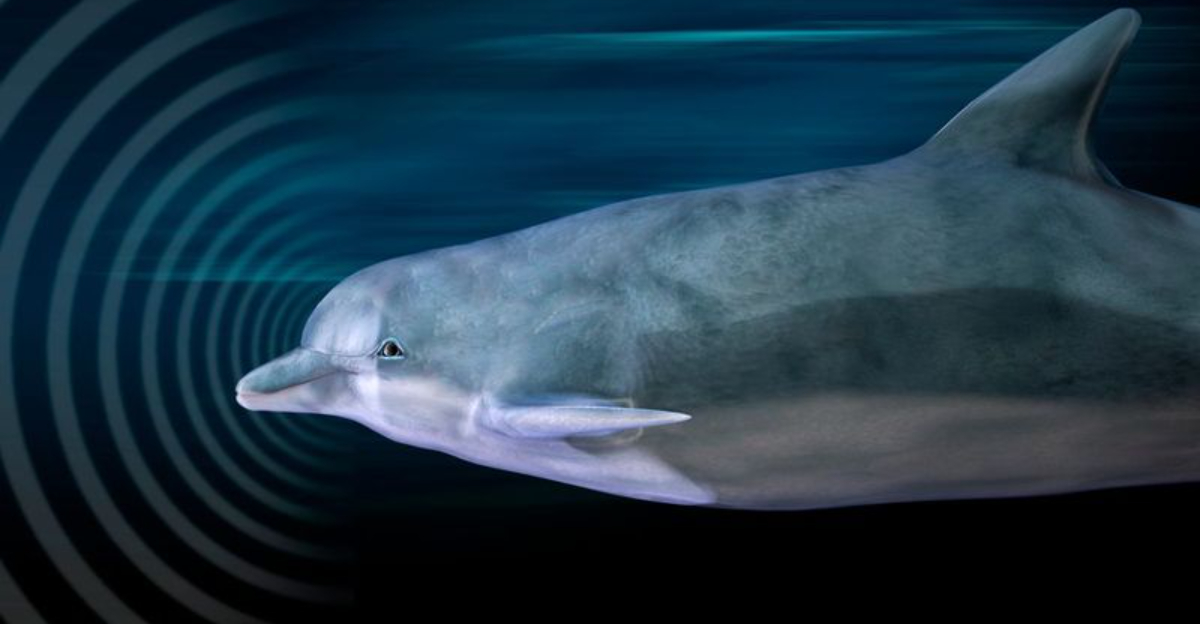
Have you ever wondered how some animals can ‘see’ in complete darkness? Many creatures have developed an amazing ability called echolocation, or sonar, to navigate their world without using their eyes.
From the depths of the ocean to the darkest caves, these animals send out sound waves that bounce off objects and return as echoes, creating a sound map of their surroundings. Let’s explore these remarkable animals and how they use sound to survive.
1. What Is Sonar And How Does It Work?
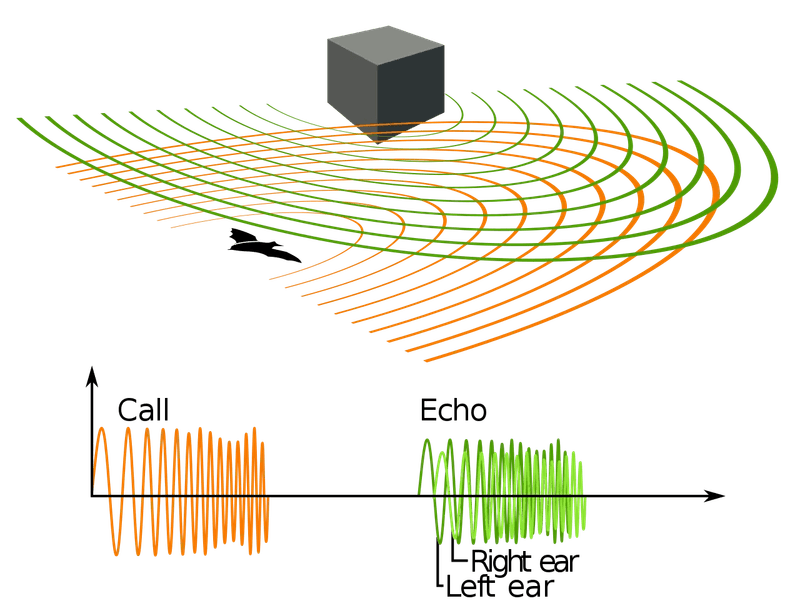
Imagine shouting in a canyon and hearing your voice bounce back—that’s basically animal sonar! Creatures emit sounds that travel through air or water, hit objects, and return as echoes.
The animal’s brain processes these echoes to create a detailed mental map, revealing prey location, obstacle shapes, and even material textures. It’s like having super-powered hearing that works as eyes!
2. Dolphins And Echolocation

Bottlenose dolphins produce over 1,000 clicking sounds per second that travel through water at nearly five times the speed of sound in air! These brilliant mammals can detect objects as small as a golf ball from over 200 feet away.
Their melon—that rounded forehead—focuses sound beams like a biological spotlight, helping them hunt fish hiding beneath sandy seabeds.
3. Bats: Masters Of Sonar
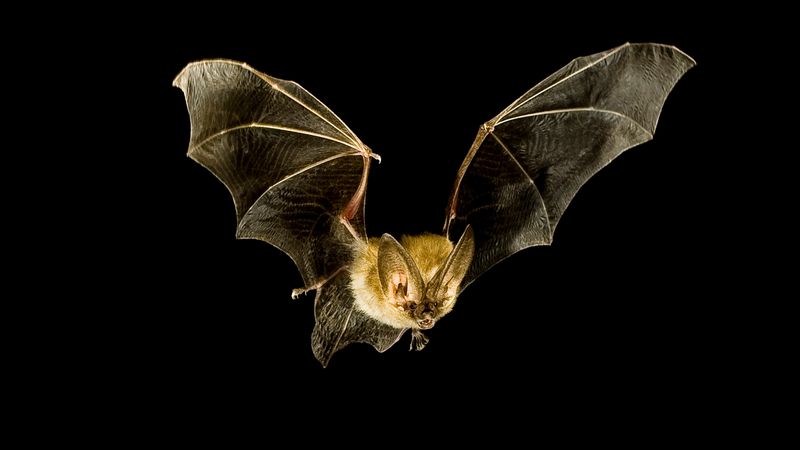
Did you know some bats can catch tiny insects while flying at 60 mph in complete darkness? Their ears contain special muscles that contract when they emit calls, preventing self-deafening!
Many bat species produce sounds well above human hearing range—up to 200,000 Hz compared to our measly 20,000 Hz limit. Their incredible precision allows them to detect objects thinner than a human hair.
4. Whales And Sonar
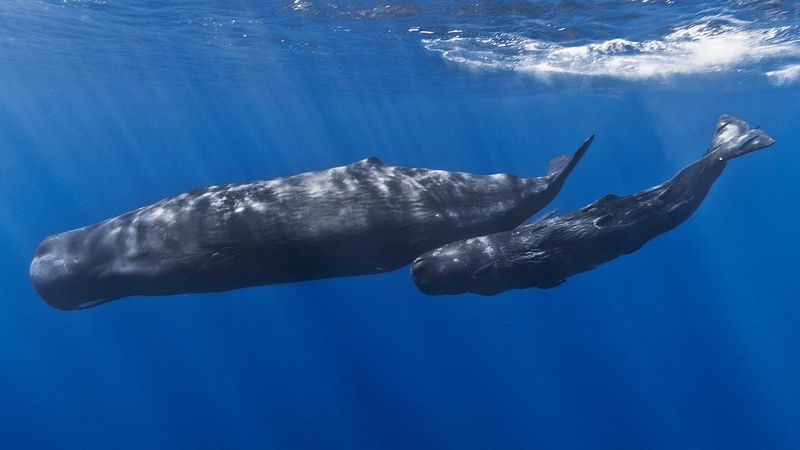
Sperm whales produce the loudest sounds of any animal—clicking noises reaching 230 decibels! That’s louder than a jet engine and powerful enough to stun prey.
These ocean giants can detect objects over a mile away and dive nearly two miles deep, using echolocation to hunt giant squid in pitch-black waters. Their massive head contains specialized oil-filled organs that shape and direct sound waves.
5. The Role Of Sonar In Nature’s Predators

Nature’s sonar-equipped hunters have mastered stealth attacks. Dolphins surround fish schools in coordinated “sound nets” before striking, while bats track insects through dense forests without hitting a single branch.
These predators can identify prey texture, size, and movement speed from sound alone! Some can even detect the wing-fluttering patterns of specific insect species, ignoring less tasty options.
6. How Sonar Helps In Darkness And Low Visibility
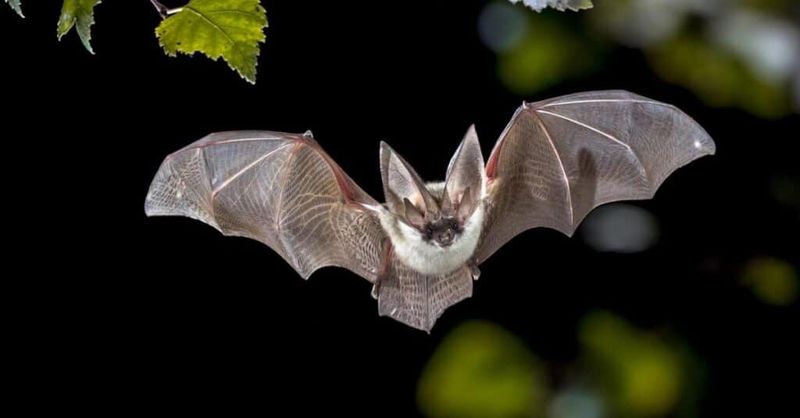
Where light fails, sound thrives! In murky waters, dolphins switch to higher-frequency clicks that provide more detailed information, similar to how we might switch from regular to high-definition TV.
Cave-dwelling bats navigate through absolute darkness, avoiding thousands of other bats and tiny cave openings. Some deep-sea whales have actually lost their color vision through evolution, relying almost entirely on sound!
7. The Evolution Of Echolocation In Animals

Remarkably, dolphins and bats evolved echolocation completely independently! Scientists call this “convergent evolution”—when unrelated animals develop similar traits to solve the same problems.
Fossil evidence suggests early bat ancestors started developing specialized ear structures around 52 million years ago. The most advanced echolocators today have brain regions specifically dedicated to processing these complex sound maps.
8. The Importance Of Sonar In The Animal Kingdom

Beyond hunting, sonar serves as a social networking tool! Dolphin pods recognize each member’s unique signature whistle—essentially names—and can call specific individuals from over a mile away.
Mother bats find their specific babies among thousands in nursery colonies by recognizing their pup’s distinct call. Some animals even use echolocation to select mates, assess territory, and find water sources.
9. Comparing Animal Sonar To Human Technology

Our best submarine sonar pales compared to dolphin abilities! While military technology might detect an object’s presence, dolphins can determine its internal structure, material composition, and even health status.
A bat’s echolocation system weighs less than a paperclip yet outperforms many human devices. Scientists are studying these animals to improve medical ultrasound, navigation systems for the blind, and underwater exploration tools.
10. Sonar In Birds
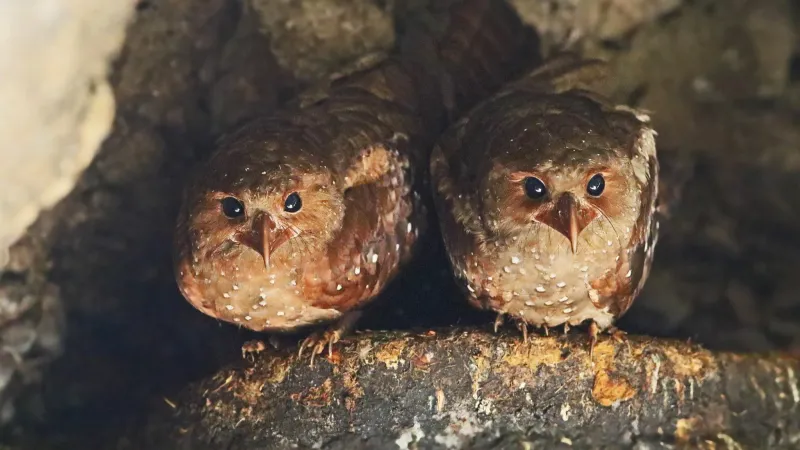
South American oilbirds navigate pitch-black caves using clicking sounds between 1,000-15,000 Hz—the lower range makes their echolocation less precise than bats but perfectly suited for avoiding cave walls.
Swift birds in Southeast Asian caves also use basic echolocation! Unlike mammals, these birds don’t have specialized sound-producing organs, instead creating clicks with their syrinx (bird voice box) or by snapping their bills.
11. Unique Adaptations For Echolocation In Animals
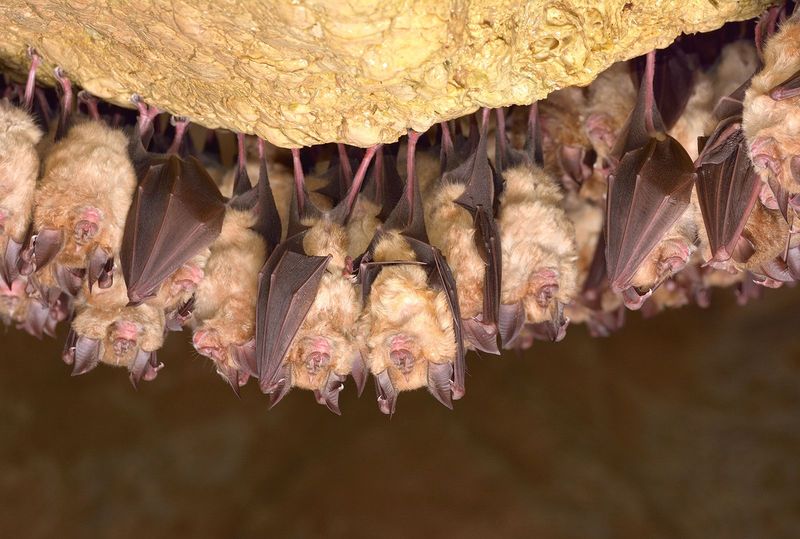
Horseshoe bats sport bizarre nose-leaves shaped like tiny satellite dishes that direct sound waves forward. Their ears contain over 30 muscles just for sound processing—humans have only three!
Dolphins have disconnected their ear bones from their skulls to prevent sound transmission through bone. Some whales have developed massive oil-filled structures in their heads that amplify and focus sound like biological loudspeakers.
12. Sonar And Communication In The Animal World

Dolphins are bilingual in sonar! They use one set of sounds for navigation and another for complex social communication, including unique whistles that function as names.
Mother and baby dolphins develop a private acoustic channel that cuts through ocean noise. Some bat species sing complex “songs” using both echolocation and social calls, with dialects that vary between colonies just like human accents.
13. The Role Of Sonar In Avoiding Predators

Some moths have evolved ears specifically tuned to bat frequencies, diving to the ground when they detect approaching predators! Certain tiger moths even produce clicking sounds that jam bat sonar—nature’s version of electronic warfare.
Young dolphins stay within their mother’s “acoustic spotlight” for protection. Water-dwelling shrews detect ripples from threatening fish using specialized whiskers that work alongside their echolocation.
14. The Limitations Of Echolocation

Even the best biological sonar has weaknesses! Heavy rainfall creates thousands of tiny sound-reflecting droplets that can temporarily “blind” echolocating animals.
Human-made noise pollution from boats, construction, and sonar testing can mask natural sounds and disorient marine mammals. Some clever prey have developed sound-absorbing scales or fur that makes them nearly invisible to echolocation—nature’s stealth technology!
15. Echolocation In Other Mammals And Marine Life

Tiny shrews, smaller than your thumb, use high-pitched squeaks to navigate underground tunnels and locate insect prey! Several seal species produce underwater clicking sounds when hunting in murky Arctic waters.
Certain toothed whales like belugas can focus their sonar beam so precisely they can detect a golf ball from a football field away. Even some blind people have developed basic echolocation by making tongue clicks to navigate their surroundings!






